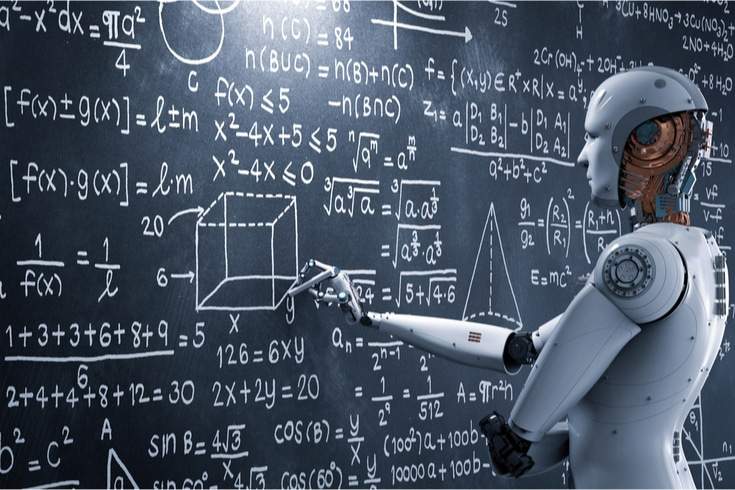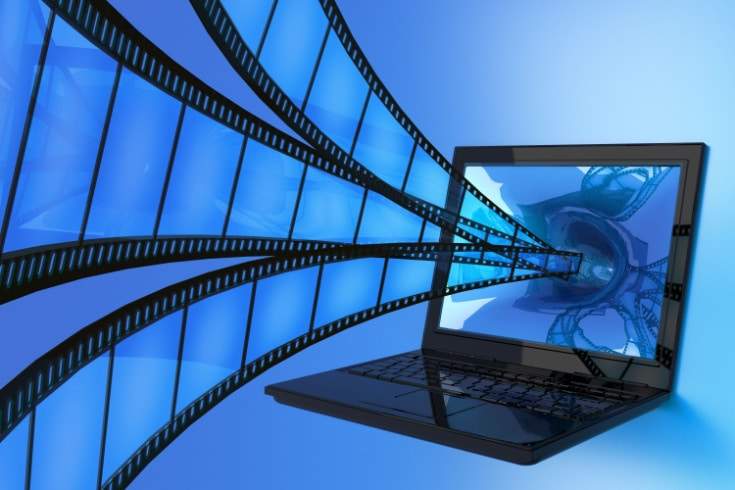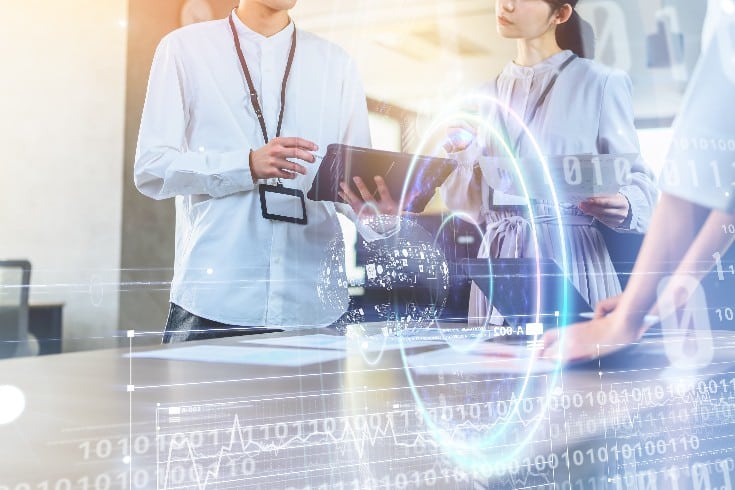What is Copyright Infringement Related to Programs?

When we hear the term “copyright issues”, many of us might immediately think of instances such as plagiarism of logo designs or character designs created by designers. However, in reality, the program code written by engineers is also legally treated as a “work”, and is recognized under copyright law.
At the same time, however, the work of engineers and programmers is not something where originality can be demonstrated overnight. Often, it is only by learning from the code that others have painstakingly created that they can begin to produce their own productive output.
In this article, we will explain how to draw the line between “referencing” and “plagiarizing” program source code as a copyrighted work.
How Does System Development Relate to Copyright Law?
What Does Copyright Law Protect and What Does It Not Protect?
Firstly, what exactly is copyright law and why does it exist? The answer to this question is actually stated within the law itself. The first article of the Copyright Law, at its beginning, proclaims its own purpose as follows:
Article 1: The purpose of this Act is to provide for authors’ rights and neighboring rights with respect to works, as well as with respect to performances, phonograms, broadcasts, and cablecasts, and to ensure protection for the rights of authors and other such persons while according attention to the fair exploitation of these cultural products, and thereby to contribute to cultural development.
Japanese Copyright Law Article 1
In other words, it can be said that this is a field that deals with the issue of how to protect the rights of individuals as copyright holders and how to connect them to the benefit of society as a whole, and bring harmony to things as a whole.
Also, if we talk about what is covered by legal copyright, examples are given in the following quoted Article 10, Paragraph 1.
Examples of works referred to in this law are generally as follows:
1. Novels, scenarios, articles, lectures, and other literary works
Japanese Copyright Law Article 10, Paragraph 1
2. Musical works
3. Works of choreography and pantomime
4. Paintings, woodblock prints, sculptures, and other works of fine art
5. Works of architecture
6. Maps and other diagrams of an academic nature, such as plans, charts, and models
7. Cinematographic works
8. Photographic works
9. Works of computer programming
Item 9 clearly states “program works”. In other words, copyright law also applies to source code. These are just “examples”, so it’s not that only the things included here are subject to this law. However, it is clear that programs are definitely within the scope of this law.
The substantial meaning of being recognized as having copyright, if explained as concisely as possible in the context of a program, is that only a specific rights holder can exclusively use the copyrighted work for matters such as reproduction (Article 21 of the same law), public transmission via the Internet (Article 23, Paragraph 1 of the same law), and transfer (Article 27 of the same law). Also, if copyright is infringed, the rights holder can seek an injunction (Article 112, Paragraph 1 of the Copyright Law) or a claim for damages based on tort liability (Article 709 of the Civil Code) as a civil measure.
However, as mentioned earlier, copyright law is a legal field aimed at balancing two values: the protection of individual rights holders and the benefit of society as a whole. Therefore, it is important to know not only when the law applies, but also when it does not.
For example, if someone who does not own the copyright to an existing program runs the program purely as a user, it does not, in principle, constitute copyright infringement (Article 47, Paragraph 8 of the Copyright Law). Also, if it is within the range recognized as private use, copying or adaptation is not illegal (Article 47, Paragraph 3 of the Copyright Law).
While it is of course important to protect the position of the rights holder, it is also true that “culture” is built on the accumulation of creating new works inspired by the works of others. The legal field that has continued to develop while grappling with the fundamental question of what the difference is between “plagiarizing” and “referencing” may also be described in this way.
Why is Copyright Law Important in System Development Legal Affairs?
In jobs such as IT system development and program implementation, there have actually been cases in the past where the establishment of copyright infringement has been disputed. These are disputes over whether two “very similar” programs are “just referenced” or “plagiarized from the original program”. For example, let’s say a former employee of a system development company independently implements a “very similar” different program and commercializes it after leaving the company. In such a case, it is quite possible for the vendor company, which is the former employer, to claim rights and cause trouble.
Moreover, the fact that such disputes can occur not only includes serious risks for the “plagiarized” side, but also for the “accused of plagiarism” side. The greatest risk in this case is being threatened with the right to request an injunction during negotiations.
The biggest reason why “copyright” is a “strong right” is that it recognizes the so-called “right to request an injunction”.
The author, copyright owner, owner of print rights, performer, or owner of neighboring rights, may file a claim against a person who is infringing or who is likely to infringe the moral rights of the author, the copyright, the print rights, the moral rights of the performer, or the neighboring rights, for the cessation or prevention of such infringement.
Japanese Copyright Law Article 112
A person who has suffered copyright infringement can request the infringer to “stop”. In other words, if a server-side program that is currently running is found to be infringing copyright, it is possible to request the server to stop, i.e., to stop the service.
Let’s say you are approached with a negotiation like, “In exchange for not stopping the use of the service that is currently generating profits, we would like you to agree to pay a usage fee”. In this case, there is a risk of being proposed a price negotiation unrelated to the market price from the “weakness” of infringing copyright. Even for engineers who have no malicious intent to create pirated versions, being indifferent to copyright issues is, in a sense, “dangerous” in this regard.
How Similar Must Programs Be to Constitute Copyright Infringement?
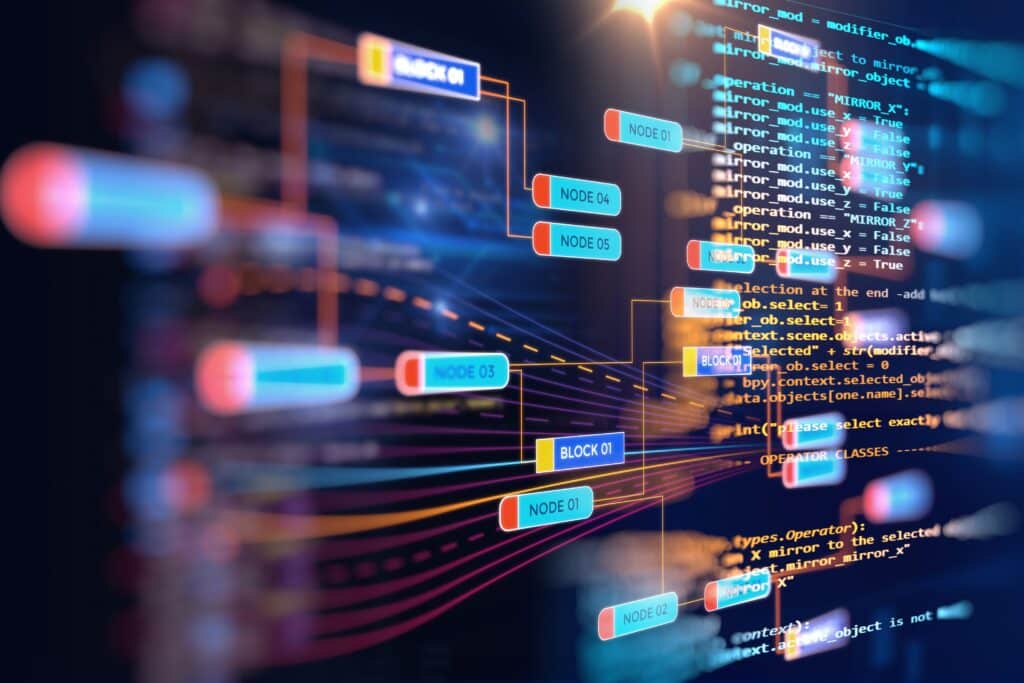
So, how is it determined under the law whether copyright infringement has occurred? Let’s examine this based on past precedents and court cases.
Precedents and Court Cases Where Program Copyright Infringement Was Disputed
In the court case cited below, a former employee was accused of copyright infringement for software developed at his new place of employment. The court ultimately found in favor of the plaintiff, ruling that copyright infringement had occurred.
When comparing the above 35 plaintiff files and the corresponding 36 defendant files, the parts marked with yellow markers (yellow marker parts) have identical source code descriptions. Also, the parts marked with green markers (green marker parts), although there are differences in company name replacements, variable names, form names, etc., are essentially the same source code, as the differences in these names have no meaning in terms of the program’s functionality. These yellow marker parts and green marker parts make up the majority of the plaintiff and defendant files, and their proportion is no less than 90% of the total.
Tokyo District Court, May 26, 2011 (Heisei 23)
The above judgment aims to make a decision based on the purpose of the Japanese Copyright Law, by examining not only the objective high numerical value of the match rate but also whether the matching parts correspond to creative parts.
Legal Standards for Determining Copyright Infringement
When determining whether a program constitutes copyright infringement in relation to another program, the following points should be checked:
The extent to which the amount or proportion of matching (or similar) parts covers
From an objective numerical perspective, the higher the similarity, the more likely copyright infringement will be recognized. Objective comparisons and verifications such as the number of matching lines or characters are considered to have been emphasized in past court cases.
Whether the matching (or similar) parts are capable of creative expression
If the aforementioned indicator is “formal”, this could be considered the “substance” in light of the purpose of the Japanese Copyright Law. That is, even if parts formally match, it will be examined from the perspective of “whether it is a place where other expression methods can be performed”. For example, if there is no realistic implementation method other than using a highly versatile library or function, it should be seen as just a common expression method adopted individually.
In other words, if only the difference in namespace (names of variables, constants, functions, etc.) is changed, it is hard to say that it substantially reduces the similarity of the program. This is because the creativity of a programmer’s work is not demonstrated by the use of such namespaces.
Furthermore, if a place where a bug occurs can only be explained as a complete “plagiarism”, it could be a factor supporting copyright infringement.
Points to Consider When Litigating Copyright Infringement
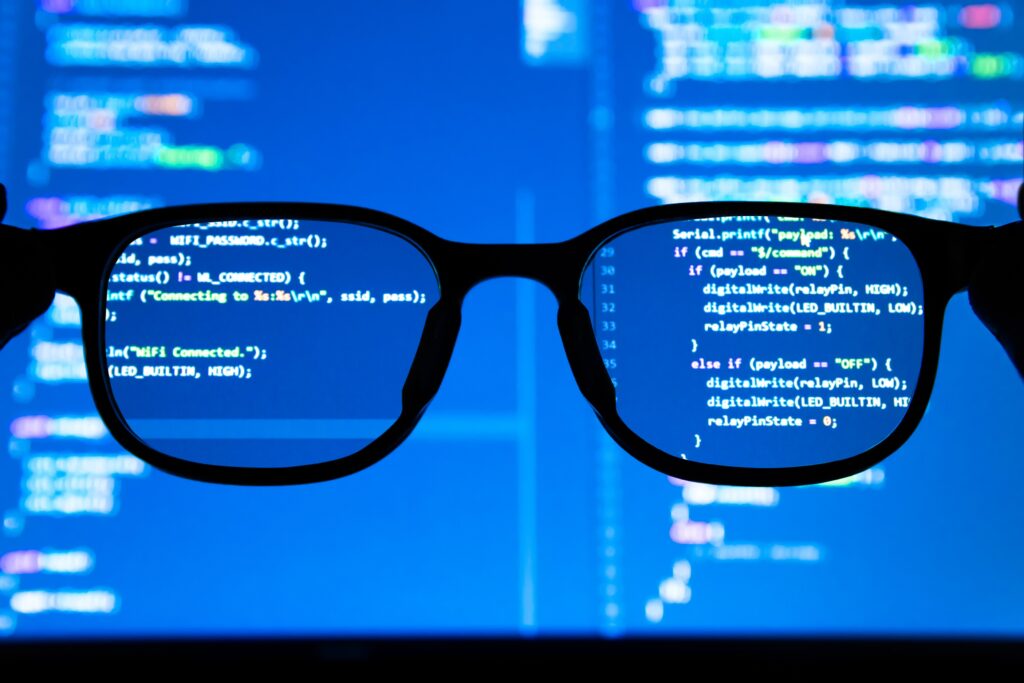
Below, we will outline some points to keep in mind when litigating copyright infringement of a program.
It is often difficult to prove infringement if the code cannot be obtained
As demonstrated in the aforementioned court case, when claiming copyright infringement of a program, it is necessary to compare the actual code. However, if the other party refuses to disclose the source code, it may be difficult to preserve evidence. Therefore, when litigating copyright infringement, it is often important to understand how to compile the facts of the damage, how to record the history of past negotiations, and how to argue the necessity of evidence preservation, which are all part of the know-how related to civil litigation.
Copyright does not extend to abstract ideas
Article 10, Paragraph 3 of the Japanese Copyright Law stipulates the following:
3 Protection under this Act for a work set forth in paragraph (1), item (ix) does not extend to the programming language, coding conventions, or algorithms used to create the work. In this case, the meanings of these terms are as prescribed in the following terms:
Article 10, Paragraph 3 of the Japanese Copyright Law
(i) “Programming language” refers to letters and other symbols used as a means of expressing a computer program and the systems for their use;
(ii) “Coding conventions” means special stipulations for the use of a programming language provided for in the preceding item in a specific computer program;
(iii) “Algorithm” means a procedure in a computer program, which consists of a set of instructions for the computer.
In other words, copyright does not extend to the “procedure” of how to proceed with things, or the “framework and organization of tasks” such as folder structure. If private monopoly rights were to extend to such things, the Copyright Law would no longer be able to contribute to the “development of culture”. Programming languages and algorithms are more abstract ideas rather than works, and copyright does not extend to them. It is also good to know that since there is no copyright, there can be no “copyright infringement” against them.
Conclusion
In the IT industry, the debate over the difference between “referencing” and “plagiarizing” requires a wealth of perspectives and a multi-faceted viewpoint. Not only is a scientific approach required to objectively compare and verify the similarities between the two, but discussions also include what it means to be “creative” in light of the essence of the Japanese Copyright Law.
Only with an attitude that considers both form and substance can the law possibly contribute to the value of “cultural development” in these fields and industries.
Category: IT
Tag: ITSystem Development



